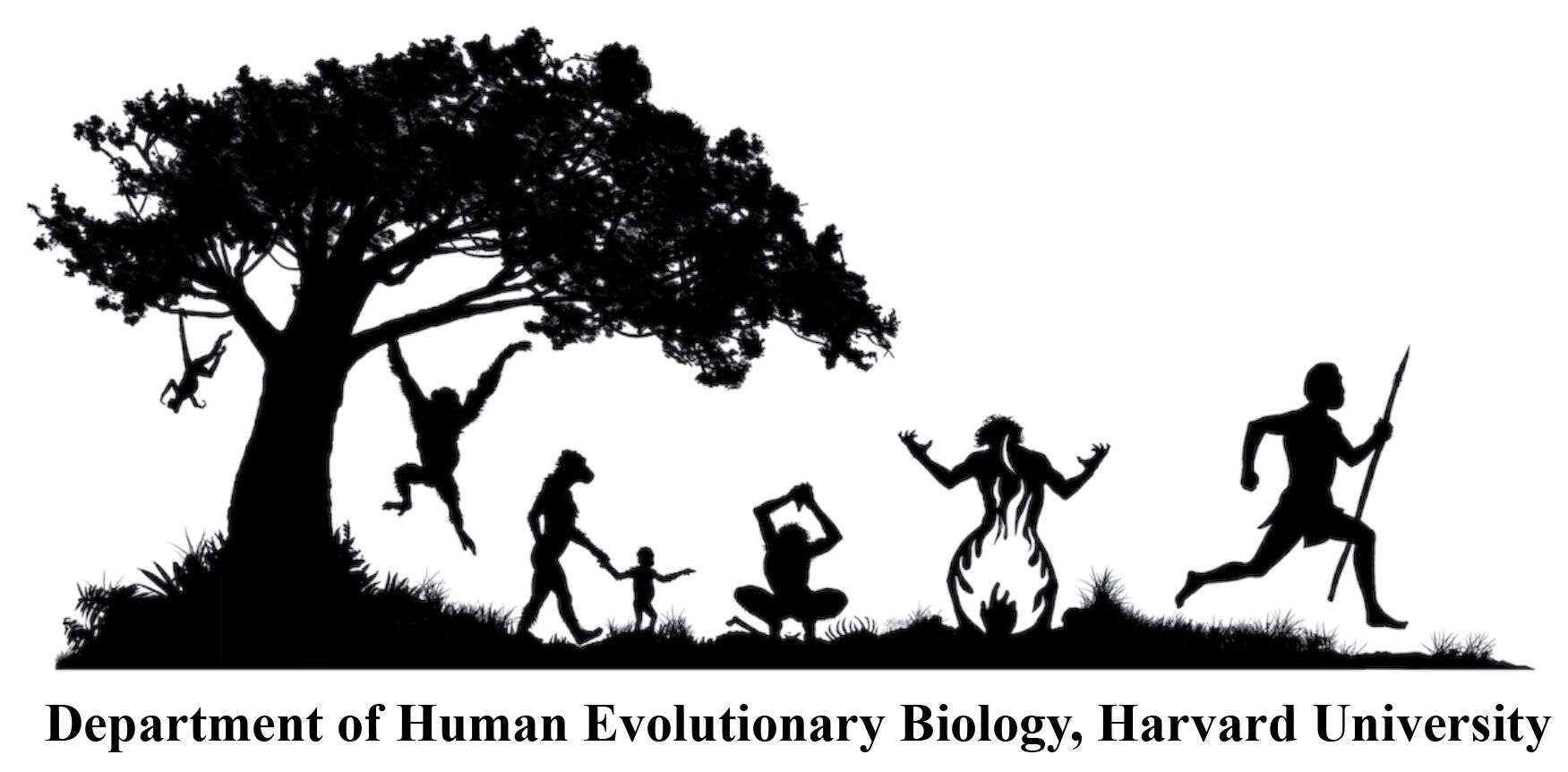Date:
Location:
Speaker:
Dr. Jessica Thompson, Assistant Professor of Anthropology, Yale University
Title:
Paleoanthropology and Paleoarchaeology in the southernmost Rift of eastern Africa
Abstract:
The East African Rift Valley System is famous for fossil and archaeological discoveries that have transformed our understanding of human origins. Most of these discoveries are from densely-clustered locations in the northern and central Rift, leaving a gap >2500km in distance to the next major hub of human origins research in South Africa. In recognition of the biogeographically significant space between, a joint German-American team initiated the Hominid Corridor Research Project in the 1980s to characterize Plio-Pleistocene faunas from the Chiwondo Beds of northern Malawi, first identified in the 1920s, at the southern terminus of the Rift. Their efforts resulted in recovery of specimens of Paranthropus, early Homo, and both taxonomic and isotopic evidence for reliance on C3 closed habitats. In a discipline where there are numerous claimed stone tools without any associated hominin fossils, and much discussion about the significance of stone artifacts in hominin adaptation, the lack of clearly associated stone tools from the Chiwondo Beds remains surprising. It is similarly surprising that reports from the 1960s and 1970s of millions of Middle Stone Age artifacts in the overlying Chitimwe Beds remained uninvestigated until 2009, when the Australian-led Malawi Earlier-Middle Stone Age Project provided the first chronometric age control for them. Along with the result that most of the artifacts were deposited within the last ~100 thousand years, analysis of the paleoarchaeological landscape in tandem with existing records from Lake Malawi showed some of the earliest evidence for human transformation of ecosystems using fire. A US-Malawi team then developed the ongoing Malawi Ancient Lifeways and Peoples Project based on rock shelter sites first reported in the 1950s, and thought to only date to the Late Holocene. This work resulted in recovery of a >30,000 year record of change in environments and human behavior, along with some of the oldest ancient human DNA in Africa. In spite of its significant potential in paleoanthropology and paleoarchaeology, research in Malawi – or, indeed, the region as a whole – is thin on the ground. It is tempting to dig more deeply into well-established research areas, but the time of finding new localities or significant new discoveries from known localities is not over. With a new arsenal of data recovery, dating, and analytical methods, it is a prime moment for paleoanthropologists and paleoarchaeologists to step out of their comfort zones and explore.
Bio:
Jessica Thompson is Assistant Professor of Anthropology at Yale University and Assistant Curator at the Yale Peabody Museum of Natural History. She has devoted her career to understanding the interactions past humans and human ancestors had with their environments through the analysis of objects they left behind, alongside bones from animals they hunted. She has led or had senior roles in projects spanning the Stone Ages, examining the long-term trajectory of how humans transformed into major shapers of the world around them. On the earliest end of this story, her work deals with understanding the context of the first large animal hunting and stone tool use more than 2.6 million years ago. As PI of the Malawi Earlier-Middle Stone Age Project, she has found at the other end some of the earliest evidence of our extraordinary capacity to alter our own environments through tools such as hunting technology and fire. She currently leads the Malawi Ancient Lifeways and Peoples Project, which investigates the co-evolution of human societies and their environments in the unique Zambezian open woodlands of southern-central Africa. This work has led to the largest sample of ancient human DNA in Africa, which shows a major demographic transformation in African hunter-gatherers at the end of the last Ice Age cycle.
